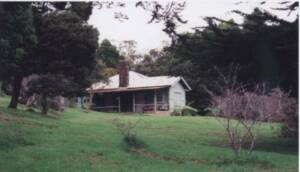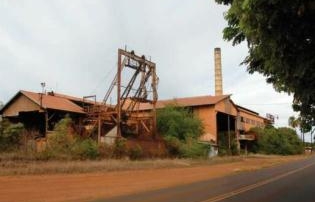Koloa Jodo Mission
Address N/A Built 1909 What is It? Built in 1909 by Rev. Jissei Muroyama, the Koloa Jodo Mission was one of Kaua‘i’s first Japanese temples, erected by immigrants who settled in the area. The mission built a larger temple to replace the aging structure in the 1980s, and it has since been used as a columbarium (a place for urns). Lorraine Minatoishi-Palumbo, an architect with expertise in Hawai‘i’s traditional Japanese architecture, calls the temple a fine example of early period Japanese temples built in the Islands, and says it’s one of only a handful still standing. What threatens it? The temple is beginning to feel its age, particularly in the past two years. The mission’s minister, Rev. Ishikawa, says, “We still use the building as a columbarium, but the ceiling is falling down and there’s also termite damage. I feel it’s become dangerous to use.” According to Minatoishi-Palumbo, the situation is a result of changing times. “What has been traditional in the upkeep of these temples is that the congregations would maintain them,” she says. “A lot of the Japanese men were carpenters, but everyone has gotten older.” At this point, many in the congregation are pushing to simply demolish the temple. Ishikawa says he’d like to save it, although he’s not sure what repairs would cost. What can be done? Minatoishi-Palumbo plans to submit the Koloa Jodo Mission to the state and national historic registers, which, if approved, will make it easier to apply for bricks and mortar grants. Another interesting prospect: A former minister of the temple, Rev. Kodo Tanaka, visited the mission in June, and after seeing the condition of the structure, raised the possibility of [...]





